After thoroughly evaluating the Sand 4 gloves, I discovered Revit succeeded in elevating the style and implementing smart ergonomic tweaks.
However, enhancing the aesthetic seems to have led to decreased flexibility and comfort compared to the beloved honeycomb knuckle armor of the Sand 3.
While the Sand 4 still serves as a competitive offering in the ADV glove market, is it the best gloves for adventure motorcycles in the summer? Let’s find out!
Revit Sand 4 Motorcycle Gloves
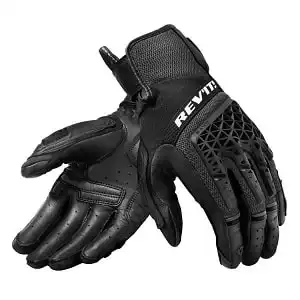
Our Revit Sand 4 Verdict
The Revit Sand 4 is a standout choice for both adventure and street riders. I really like how they combine robust protection with excellent ventilation.
The mix of goat leather and textile ensures durability, while the perforated leather and ventilation holes keep my hands cool during hot rides.
The injected ventilated flex knuckle and TPU hard-shell palm slider offer comprehensive protection without compromising comfort. They fit snugly, providing great dexterity, which I appreciate when navigating tricky terrains.
In my experience, these gloves offer a high-quality feel, and the connect fingertip feature is a game-changer for using touchscreens on the go.
However, it’s worth noting that they require a bit of break-in time, and some riders might find the sizing slightly off, necessitating a step up from the usual size chart.
Before you buy elsewhere, make sure to check Revzilla.com for the latest prices and any special offers on the Sand 4 gloves to snag the best deal. Their prices fluctuate, and with their price match guarantee, you won’t find a better deal.
and any special offers on the Sand 4 gloves to snag the best deal. Their prices fluctuate, and with their price match guarantee, you won’t find a better deal.
If you found this article helpful, please like and share it. It helps Google know you appreciate the content!
| Model Name | Features |
|---|---|
| Revit Sand 4 | Durable leather and textile mix, hard-shell knuckle protectors, ventilated for various weather conditions |
| Cayenne 2 | Sturdy construction, excellent protection, suitable for adventure touring, well-ventilated |
| Fox Racing Bomber | Carbon look knuckle sliders, goatskin construction, designed for motocross and trail riding |
| Revit Dune | Lightweight, breathable mesh construction, ideal for hot weather, flexible and comfortable |
| Klim Mojave Pro | Heavy-duty protection, reinforced palm, designed for off-road use, excellent ventilation |
Comparisons
- Protection: The Revit Sand 4 and Cayenne 2 both offer robust protection with hard-shell knuckle protectors, while the Fox Racing Bomber gloves focus on knuckle sliders for motocross use.
- Material and Comfort: The Revit Sand 4 uses a mix of leather and textiles for durability and comfort, whereas the Revit Dune prioritizes lightweight and breathable materials for hot weather.
- Price: The Revit Dune is the most affordable option at $49, providing basic protection and comfort, while the Cayenne 2 is the priciest at $129, offering advanced features for adventure touring.
- Intended Use: The Klim Mojave Pro is specifically designed for off-road use with heavy-duty protection, whereas the Fox Racing Bomber is tailored for motocross and trail riding.
Revit Sand 4 Style Without Sacrificing Protection
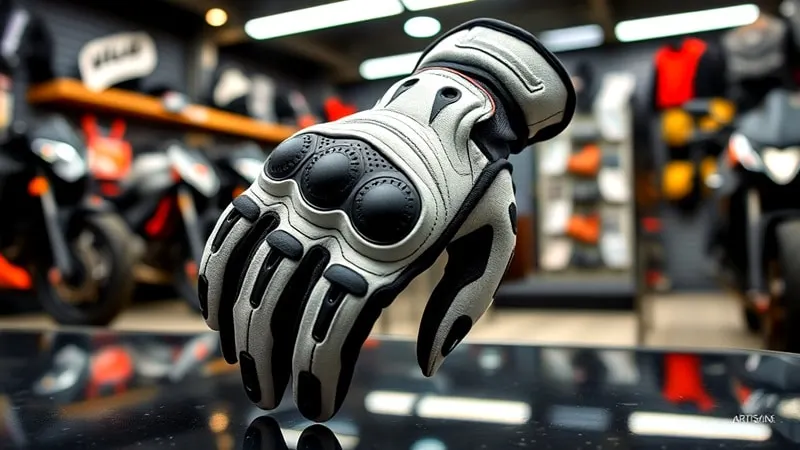
Revit markets its Sand glove line as the ultimate blend of flexibility and protection for on and off-road motorcycling.
The previous Sand 3 delivered on this promise for several years, utilizing 3D mesh, PWR500 abrasion-resistant stretch panels, and durable goatskin leather construction. The new Sand 4 carries over these fundamental materials while revamping the style.
Gone are the signature honeycomb knuckles from the Sand 3, replaced by a rigid TPR armor system on the backhand and palm.
For enhanced visibility, subtle reflective detailing adorns the knuckles alongside perforated leather fingertips, allowing airflow.
These modern updates lend a more premium look compared to the utilitarian Sand 3. However, the pursuit of style has led to diminished flexibility and comfort — areas the old sand excelled at.
Improved Ergonomics Aid Motor Control
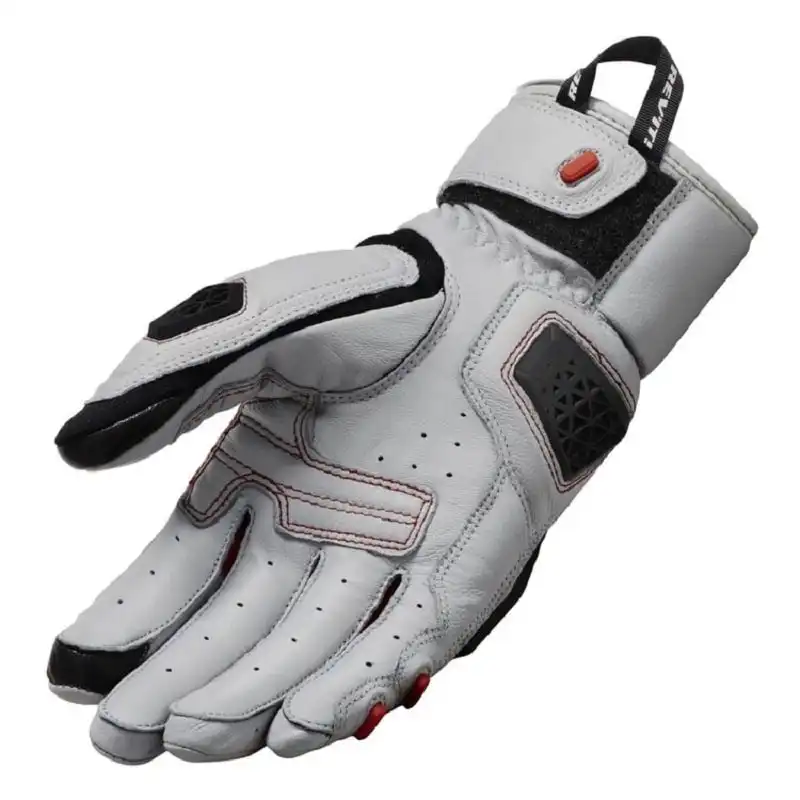
Beyond elevating aesthetics, Revit introduced intelligent ergonomics and design tweaks to improve glove performance.
The articulated fingers sport stretch accordion panels across the index, middle, and ring fingers, boosting flex during bike operation.
Formerly rigid TPR armored tips on the middle two fingers were removed, eliminating contact interference with controls.
The updates enhance the feel and fine motor control without compromising safety. Leather outseam overlays on the pinky finger retain coverage.
Touchscreen-compatible fingertips on the thumb and forefinger allow easy GPS usage, an expected feature vital for ADV riding. So, while armor flexibility suffered in the redesign, ergonomics, and coverage saw subtle but meaningful improvements.
Evaluating the Revit Sand 4
Assessing the new Sand 4 offering from multiple angles provides a comprehensive perspective on intended usage, crucial deciding factors, and direct competition.
Riding Disciplines Suited For Sand 4
- ADV touring – On and off-road terrain protection
- Street/Sport Touring – Lightweight summer glove with safety
- Casual Dual Sport – Versatile minimalist option
Key Strengths
- Lightweight with ventilation
- Active-use stretched materials
- Coverage and abrasion resistance
- Touchscreen finger compatibility
Potential Drawbacks
- Reduced flexibility from rigid new knuckles
- Lacks waterproofing for wet conditions
- Slightly cramped finger box fit
Notable Alternatives
- Klim Dakar – $64.99 – Budget friendly
- Alpinestars Oscar Brutale – $99.95 – Carbon knuckle protection
- Held Air n Dry – $189.99 – Goretex waterproofing
Armor Flexibility Downgrade Disappoints

While the Sand 4 introduces smart enhancements like improved ergonomics and reflective accents, the loss in flexibility from the updated TPR armor system proves disappointing.
Where the distinct honeycomb flow-mesh knuckle armor on the previous Sand 3 allowed complete freedom of movement, the new Sand 4 arrangement feels comparatively rigid and constrained.
The lack of flex hampers clutching and brake control – crucial abilities for aggressive ADV and dual sport riding. Underhand and wrist flex while grasping bars also feels restricted.
Considering flexibility ranked as a hallmark of the Sand glove pedigree, this aspect of frustration remains the Sand 4’s chief drawback.
Summarizing Armor Design Changes
- Old Sand 3 Honeycomb – Extremely maneuverable, unlimited flex
- New Sand 4 Rigid TPR – Restricts flex, feels confined
For ADV loyalists and off-road riders seeking maximum flexibility, the outdated Sand 3 curiously now outperforms the next-generation model.
While admirable gains came from ergonomic tweaks and stylish updates, core flexibility shockingly regressed thanks to Revit’s pursuit of aesthetics on the Sand 4 platform.
Balancing Style and Substance in Gear Evaluation

As riding gear technology continues evolving, manufacturers often face difficulty balancing innovations in style against trusted functionality.
Revit clearly felt improving the Sand visual design took priority, given the prominence of updated TPR knuckles across the Sand 4 glove’s aesthetic.
However, this emphasis on appearance led to the loss of flexibility – an attribute integral to the Sand name.
The Revit Sand 4 still serves as a versatile, competitive option across multiple riding segments. But for hardcore ADV and off-road riders seeking limitless flex similar to the former Sand 3, the latest iteration disappoints.
Considering the target rider for Sand gloves, restricting maneuverability presents a confounding sacrifice.
This crossroads between style and substance arises frequently within the gear industry – would you rather maintain trusted functionality or risk regression to enhance aesthetics?
It seems Revit chose form over function for their flagship all-around glove, much to the detriment of flexibility.
As riders, we gain incredible value from analyzing new gear developments through multiple lenses. While the Sand 4 succeeds as a handsome glove packed with features, it stumbles in carrying the torch of flexibility passed from the preceding generation.
When evaluating equipment innovations, carefully examine if enhancements in one area led to losses in another.
Understand your personal priorities and riding style to determine if restrictions could become deal-breakers that older models potentially avoided.
This educated scrutiny helps riders select gear that best matches their individual needs, not just the most stylish option.
Prioritize improvements that truly provide superior protection or capabilities over superficial visual changes – your safety depends upon it.
Technical Specifications
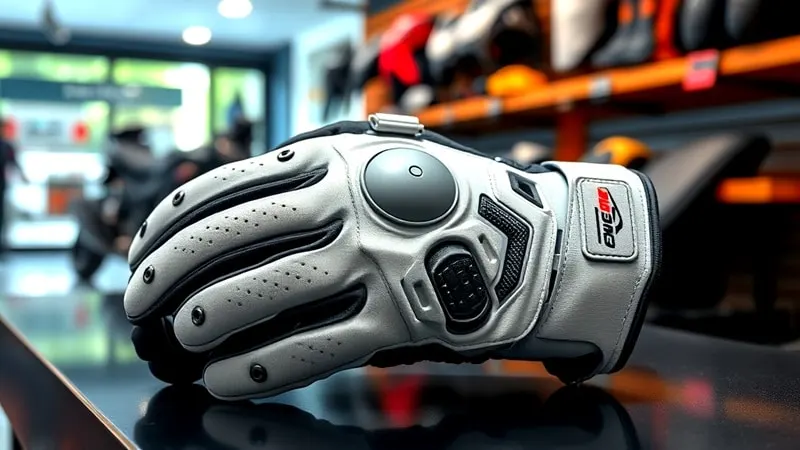
When I’m looking at motorcycle gloves, I want to know exactly what I’m getting. The Revit Sand 4 Motorcycle Gloves have some impressive specs that translate into real benefits for riders like me.
Materials
They use a mix of leather and textiles. Leather, known for its durability, provides excellent abrasion resistance. The textile parts are lightweight and breathable, keeping my hands cool during long rides. This combination ensures both protection and comfort.
Weight
They are lightweight, which means my hands don’t feel fatigued even after hours on the road. Lightweight gloves are crucial for maintaining dexterity and control over the bike.
Protection Features
They include hard-shell knuckle protectors and reinforced palm sliders. These features provide extra safety in case of a fall, absorbing impact and reducing injury risk. It’s like having a personal bodyguard for my hands.
Weather Adaptability
They’re designed for multiple weather conditions. With ventilation panels and a moisture-wicking lining, my hands stay dry and comfortable in both hot and rainy weather. This adaptability means I can ride longer without discomfort.
By understanding these specifications, I can see how the Revit Sand 4 offer a blend of protection, comfort, and versatility. They’re not just gloves; they’re a crucial part of my riding gear.
Sizing Options
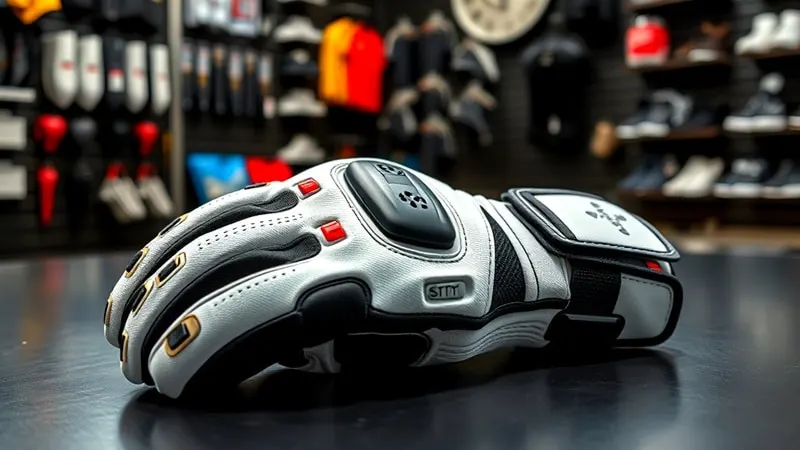
The Revit Sand 4 comes in a variety of sizes, from small to extra-large. This range ensures a snug fit for most hand sizes, which is essential for safety and comfort. A well-fitted glove means better grip and control, reducing the risk of accidents.
| Size | Hand Circumference (in) | Hand Length (in) |
|---|---|---|
| XS | 7.2-7.6 | 7.4-7.6 |
| SM | 7.6-8.1 | 7.6-7.8 |
| MD | 8.1-8.7 | 7.8-8 |
| LG | 8.7-9.1 | 8-8.2 |
| XL | 9.1-9.6 | 8.2-8.4 |
| 2XL | 9.6-10.2 | 8.4-8.6 |
| 3XL | 10.2-10.7 | 8.6-8.8 |
| 4XL | 10.7-11.2 | 8.8-9 |
The Takeaway: Style Over Substance Represents a Step Backwards
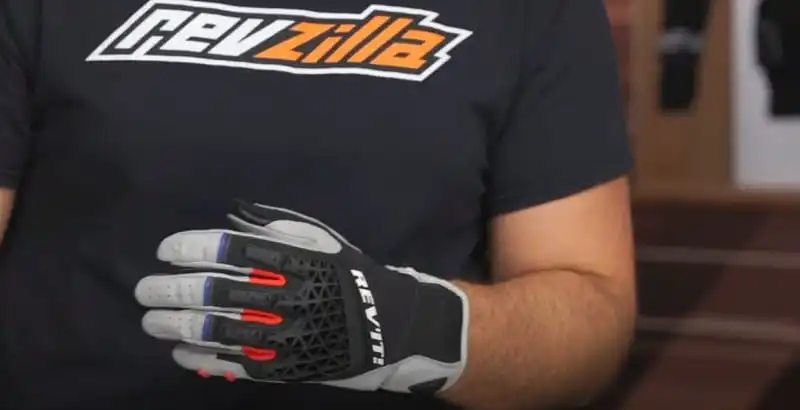
In my search for the ideal blend of protection, comfort, and flexibility demanded by aggressive on and off-road riding, I found previous Revit Sand versions ticked all the boxes.
Unfortunately, Sand 4 dropped the ball in terms of flexibility. With the intent of forcing a style update, Revit oddly replaced highly maneuverable armor with attractive but restrictive pieces.
While I appreciated smart touches like improved ergonomics and reflective accents, limiting flexibility directly opposes the Sand glove’s adventure pedigree.
As core Sand buyers highly value limitless movement while riding varied terrain, this seems a confounding change in priorities.
My key conclusion is that riders wanting maximum flex and glove feel must stick with the previous generation.
Style-conscious individuals or those with less demanding flexibility needs will find merit in the Sand 4. But despite admirable updates elsewhere, restricting a defining attribute of Sand gloves rewards form over critical function.
I remain eager to see if Revit eventually issues Sand 5, recapturing flexibility while retaining fresh aesthetics.
But for now, power users must reference the outdated Sand 3 if seeking ultimate control and dexterity. Unfortunately, Revit’s emphasis on style proved overzealous, losing sight of core capabilities that rightfully can’t be compromised.
Frequently Asked Questions on Revit Sand 4
Do the New Knuckles Really Restrict Movement?
Yes, compared to the highly flexible honeycomb armor on old Sand 3, the new TPR knuckles limit flex which reduces bar control while riding demanding terrain.
Does the Sand 4 Include Any Waterproofing?
No, the standard Sand 4 lacks waterproofing or a Gore-Tex liner. Riders needing water protection must upgrade to the $140 Sand 4 H20 version.
What Size Should I Order If Between Regular Sizes?
Many riders report needing to size up when ordering Revit gloves compared to the official size chart. If between sizes, it is best to order the larger size for comfort.
Could the Sand 4 Serve as a Winter Glove?
That’s likely not the case, as the Sand 4 remains a lightweight, highly breathable summer glove. While adding liner layers helps, riders needing true winter insulation should consider a different glove.
What Other Revit Gloves Compare to the Sand 4?
The Summit 3 glove offers similar mixed-material construction in a slightly warmer winter glove with PrimaLoft insulation. Costs more around the $160 range.
And Finally…
Evaluating the trade-offs between style and functionality proves vital when studying new gear offerings like the Revit Sand 4 glove.
While important ergonomic and design updates created a more stylish glove, restricting flexibility compared to previous generations leads to disappointing limitations – especially for aggressive ADV and dirt riders.
If maximizing control and dexterity on demanding rides matters most, consider sticking with the tried and true previous Revit Sand 3 model to avoid compromising flexibility.
But more casual dual sport and street riders will likely welcome the modernized style and overall improvements of the fresh Sand 4.
At the end of the day, carefully analyze if the pursuit of aesthetics forced unwanted restrictions on performance.
Finding gear delivering that elusive marriage of form and function still proves difficult – but understanding these development decisions helps riders better match equipment to their personal needs and priorities.
Ride safe out there, and let me know your thoughts on balancing innovations in style or functionality when evaluating new riding gear!
Previous Article: Alpinestars SMX1 Air V2 Gloves Review
Next Article: Icon 29er C-Rated Glove Review
Sources
Motorcycle Gloves Market: (1) https://www.factmr.com/report/228/motorcycle-riding-gloves-market
Recent Posts
Ultimate Track Hand Protection? Continue Reading
Icon Hooligan Facelift Gloves Review: Best for Urban Sport Riding?
Icon Hooligan Facelift Continue Reading
